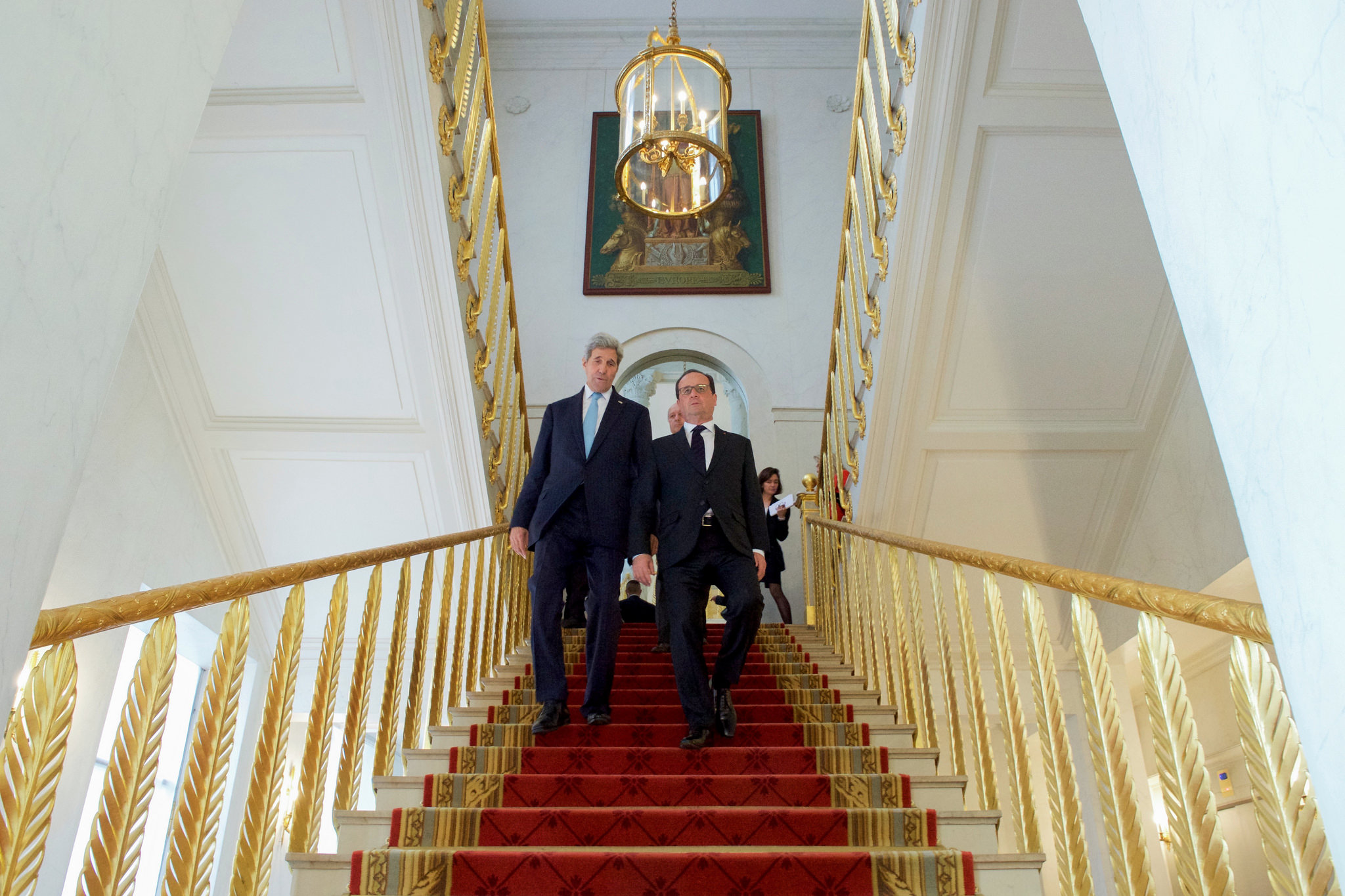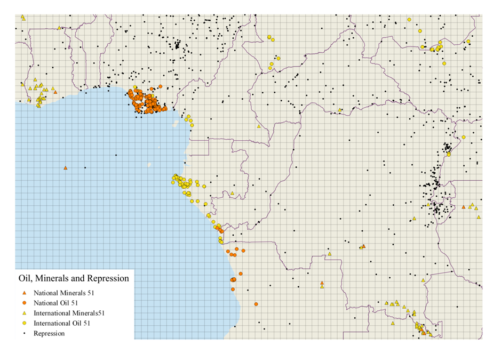Guest post by David Malet.
Western governments, increasingly alarmed by ISIS-inspired attacks in the West and fearing the return of potentially thousands of battle-hardened militants, have been responding with the expedient of barring them from returning and stripping them of their citizenship. The approach has roiled already-charged border security and immigration debates in Europe, Australia, Canada, and increasingly the United States as well. After all, the potential threat posed by returnees may be indefinite, and the main argument for restricting citizenship and civil liberties is that, to minimize the risk of attacks, returnees would have to be kept under perpetual surveillance at a staggering cost.
The evidence we have about how returned foreign fighters behave tells us otherwise: Extremely few foreign fighters ever perpetrate domestic attacks, it is not clear that they are significantly more effective terrorists, and only a couple of exceptions to the rule are known to have reemerged years after their militant days to strike at home. On the other hand, we have Osama bin Laden as Exhibit A of the danger of rendering militants stateless and washing our hands of them. The problem of transnational outlaws left to their own devices is likely compounded in the social media era when physical presence matters less to radicalization efforts.
We can learn a good deal from history about how foreign fighters – for every religious, ethnic, or ideological cause – are recruited, used operationally, and what happens to them afterward. Among the perhaps 250,000 individuals sufficiently motivated to travel to a foreign war zone to join a rebel army over the past two hundred years, few left records of subsequent militant activity, and a number became fiercely critical of their movements upon their return.
To be fair, it is possible to travel to the Middle East, hold to your cause and support it financially, and still not pose a direct threat as a domestic terrorist or facilitator. My favorite example of someone literally going back to their day job is Vidal Sassoon, who acknowledged killing opponents in battle as a volunteer in the Israeli War of Independence, and decades later called the experience “the best year of my life.”
Records of paid membership in returnee groups, such as the Veterans of the Abraham Lincoln Brigade Association, could serve as a proxy for continued support for the cause and willingness to contribute to it materially and how long such sentiment lasts. If anything, subscriptions to newsletters would overstate the levels of continued support as opposed to facilitating or conducting domestic terror attacks.
However, this is one lesson that history is not making available. The US and UK chapters of the International Brigade veterans groups, which had both been Communist Party branches back in the day, responded to my requests for simple membership figures (i.e. how many members did they have in the 1940s-1970s) by reporting that no membership records other than “private mailing lists” ever existed, so they had no estimates of how many veterans had remained supporters over the years.
There have been several analyses of the propensity to domestic plots by jihadi returnees (at least to Western countries), all of which find that only a small percentage ever become involved in plots, with only a couple of returnees among the thousands who have joined the five years of war in Syria publicly known to have mounted attacks. The numbers appear to be somewhat higher in Arab countries, but remain a small minority. Recent studies even provide evidence against the conventional wisdom that foreign fighters have training that makes them particularly more dangerous.
In the nearly decade and a half between 9/11 and the declaration of an ISIS caliphate, only seven percent of returned American foreign fighters were involved in plots, and were not involved in the three homegrown attacks that caused fatalities.
If returned jihadis are sleepers waiting to strike, then we should see evidence of it. Jail time might delay some domestic plots. However, estimates are that one third of fighters who went to Syria have already returned, and they have certainly not all been brought in. We did have the Brussels shooting, but perhaps the rest are just biding their time?
If there is a longer time lag between foreign fighting and domestic terror plots, we should see many coming to fruition now. A five year lag would mean that we would now be experiencing attempted attacks by jihadis who went to Somalia and Afghanistan-Pakistan circa 2010. A ten year lag time would give us a number of attacks – more than just one Charlie Hebdo attacker – from volunteers who joined in the Iraq quagmire period. A fifteen year lag would see plots today by volunteers from the 9/11 era; a twenty year lag would give us jihadis from al Qaeda’s early years. Fortunately, the terrorists don’t appear to be getting better with age.
The bottom line is that only a handful of returned foreign fighters are likely to ever become serious domestic threats, and there is no evidence that they present any particular long-term threat of delayed attack. In other words, they are a homeland security threat requiring resilience, not preemptive rewriting of civil rights across the West.
David Malet is Senior Lecturer in International Relations at the University of Melbourne. Previously he served as Assistant Professor of Political Science and Director of the Center for the Study of Homeland Security at Colorado State University-Pueblo.





2 comments
I don’t know about other countries, but in the US, broad acceptance and rehabilitation of returned jihadis is not going to be possible politically. Those who joined al Qaeda or the Islamic State or other such groups are defined as criminals by the government and will be held not to have normal civil rights by most of the people. This will have very little to do with facts or reason; we are talking about deep instinct. Many people will strongly believe that such people should be executed or imprisoned for life.
Someone who fought for Israel, or Republican Spain, or the IRA can be thought of as being concerned with local matters not relevant to the US. Al Qaeda and the Islamic State have specifically targeted the United States and take the whole world as their field of operations.
Thank you for the comments Jorge. I agree with you about the politics outweighing the magnitude of the threat. However, as in my book a few years ago, I think it’s important to maintain context and resist the temptation to call ISIS/AQ the most pressing and immediate foreign fighter threat the US has ever faced. Volunteers to Spain, Israel, etc. were sent to prison or kept under FBI surveillance for decades. If this blog had existed circa 1939-40, I don’t think any of our counterparts would buy our arguments that ISIS volunteers would be more of a threat than returning agents of the Soviet Union and Nazi Germany.